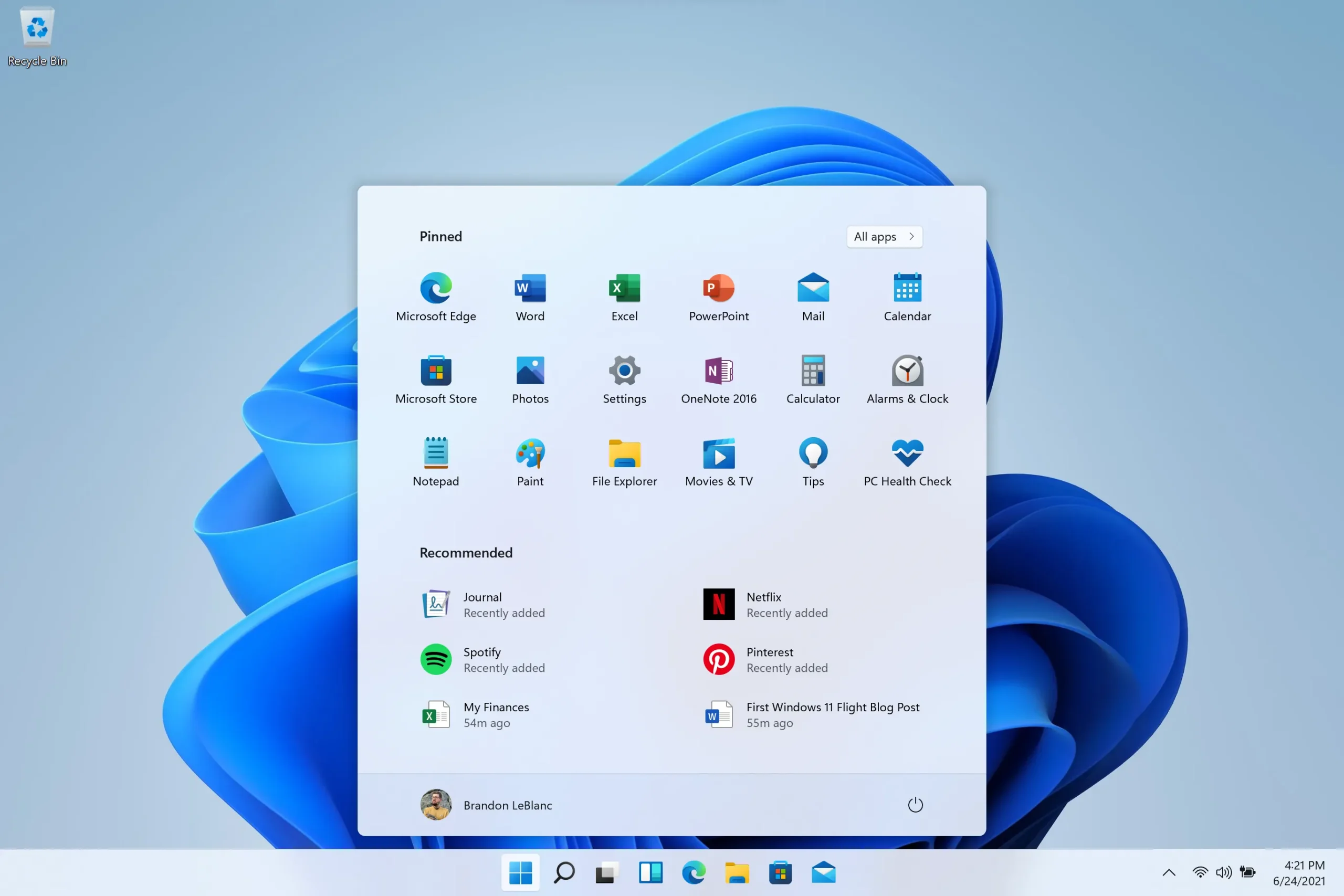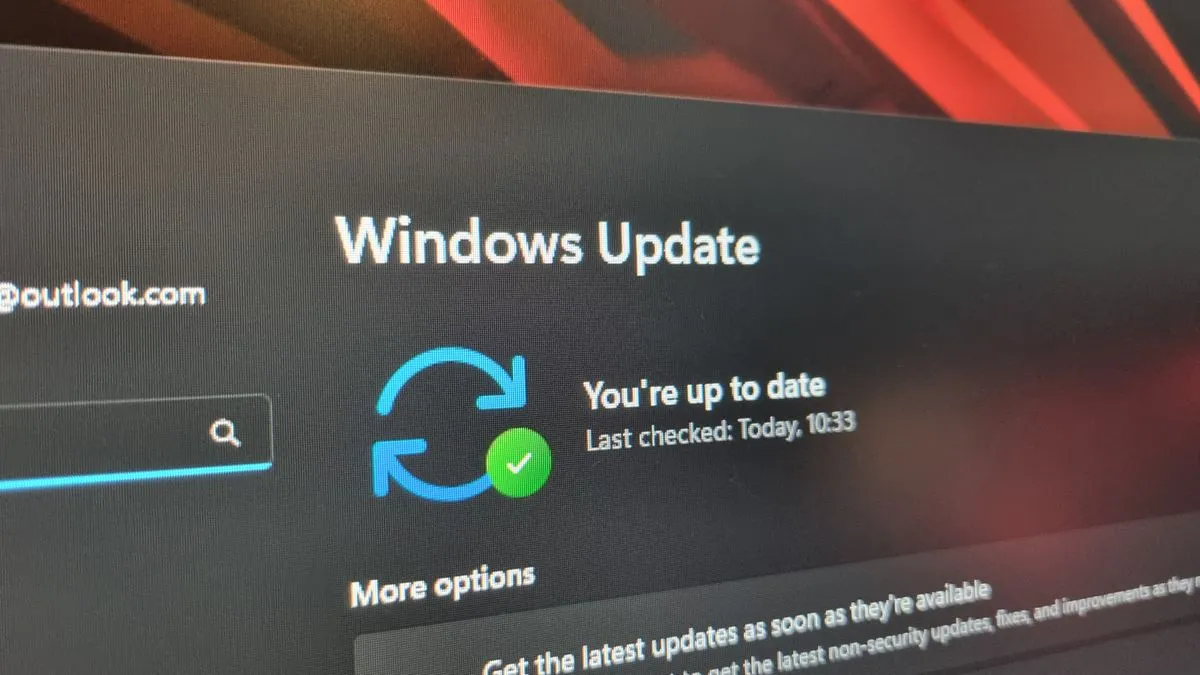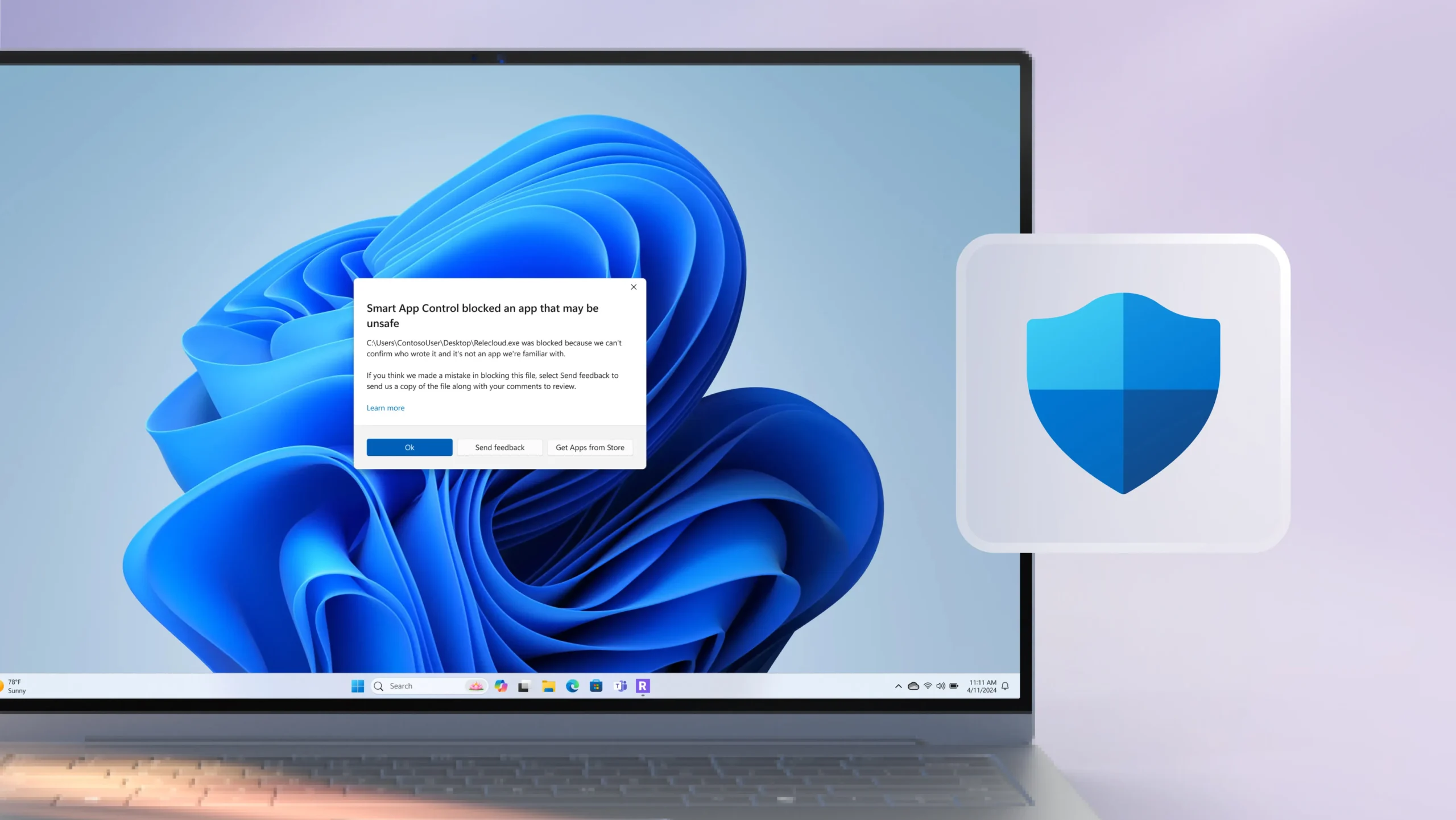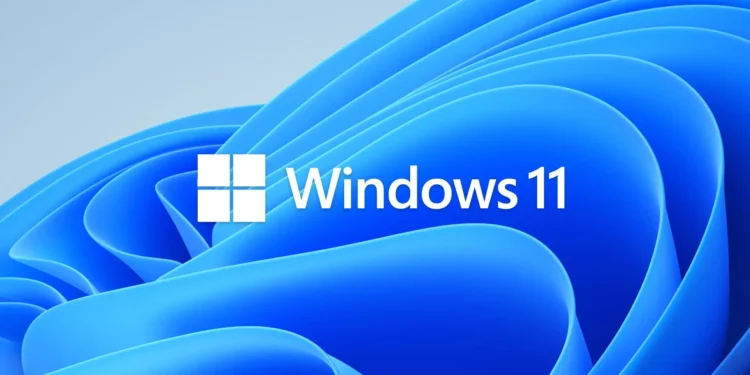Microsoft has recently initiated a new phase in the evolution of Windows 11, rolling out the latest build 262200 to testers in the Insider Dev Channel. This move is not just a routine update but a strategic preparation for the anticipated release of Windows 11 version 25H2 later this year. The build is part of a broader series in the 26200 range, which marks a significant step in laying the groundwork for future enhancements.

Snapdragon X2 and Windows 11: A Symbiotic Evolution
Insiders have revealed that Qualcomm’s forthcoming Snapdragon X2 System on Chip (SoC) necessitates specific platform changes that were previously exclusive to the Windows Canary Channel. In an exciting development, Microsoft is integrating these changes into the Dev Channel. This integration will enable devices powered by the X2 chip to support Germanium-based versions of Windows 11.
Germanium, the platform release underlying Windows 11 version 24H2, plays a pivotal role in Microsoft’s strategy. While it’s still under wraps whether version 25H2 will also utilize Germanium, the current backporting efforts strongly hint at this possibility. This strategic alignment could streamline the update process and reduce fragmentation across different versions.

Enhancing User Experience: The Germanium Advantage
The focus on Germanium is not just about technical compliance. By maintaining the same platform release for both version 24H2 and the upcoming 25H2, Microsoft is poised to offer a more seamless update experience. Users can expect quicker and safer updates, minimizing disruption and ensuring a smoother transition between versions. This approach also simplifies maintenance, as Microsoft can efficiently roll out simultaneous bug fixes and feature enhancements to multiple versions.
A Unified Future: Reducing Fragmentation
Microsoft’s commitment to reducing fragmentation is evident in its current platform strategy. The company supports three major platform releases: Vibranium, Nickel, and Germanium. With Windows 10 based on Vibranium and nearing the end of support in October, and Nickel serving as the foundation for Windows 11 version 23H2, Germanium’s role becomes increasingly crucial. As support for older versions winds down, Microsoft aims to consolidate as many users as possible onto a unified platform, potentially setting Germanium as the standard for future releases.

The formal announcement of version 25H2 is still on the horizon, yet the tech community is buzzing with anticipation. This version is expected to debut in the second half of the year, coinciding with the end of support for both Windows 11 version 23H2 and Windows 10 version 22H2. This synchronization could be Microsoft’s strategic move to transition users to a more unified and robust platform, thereby enhancing overall performance, security, and user satisfaction.










